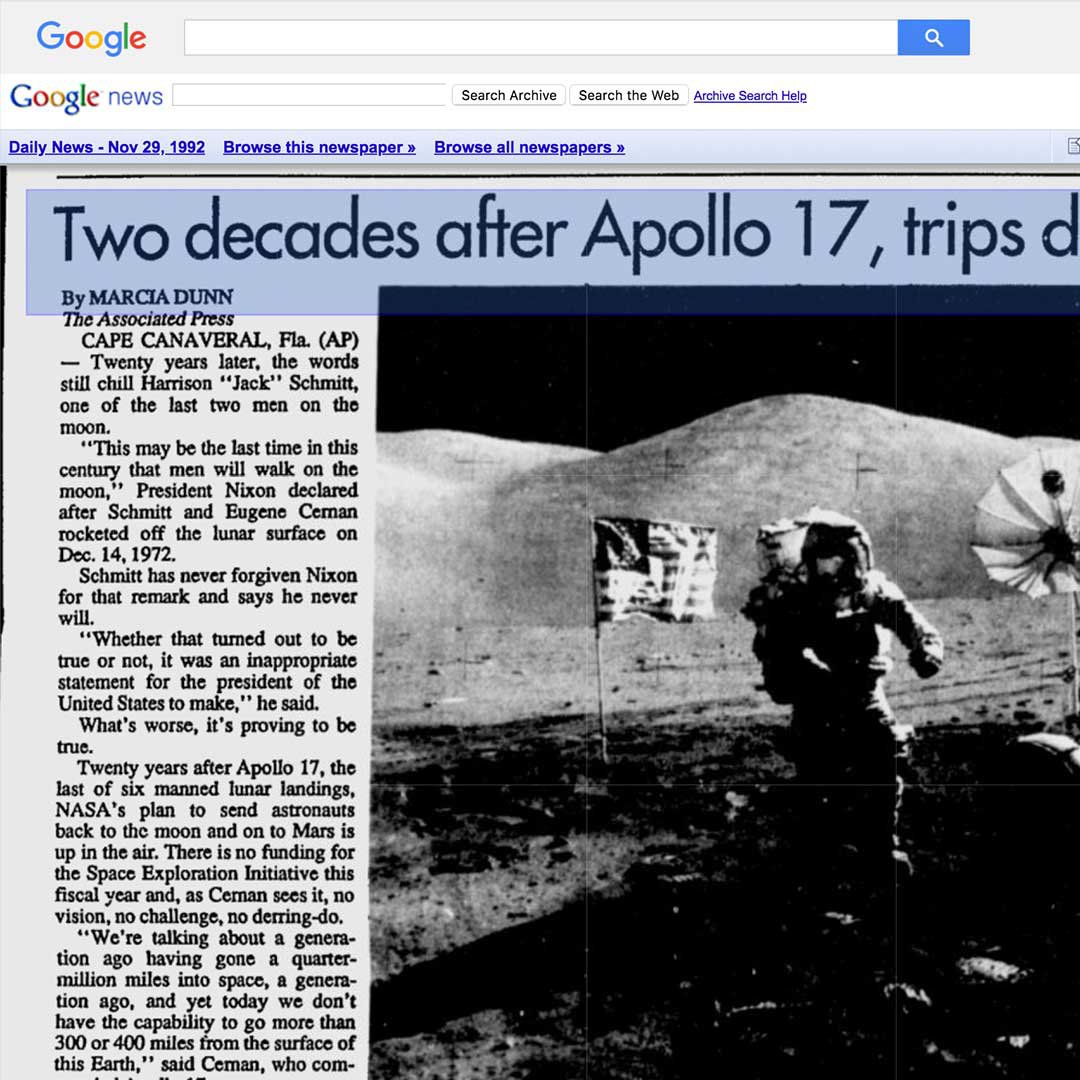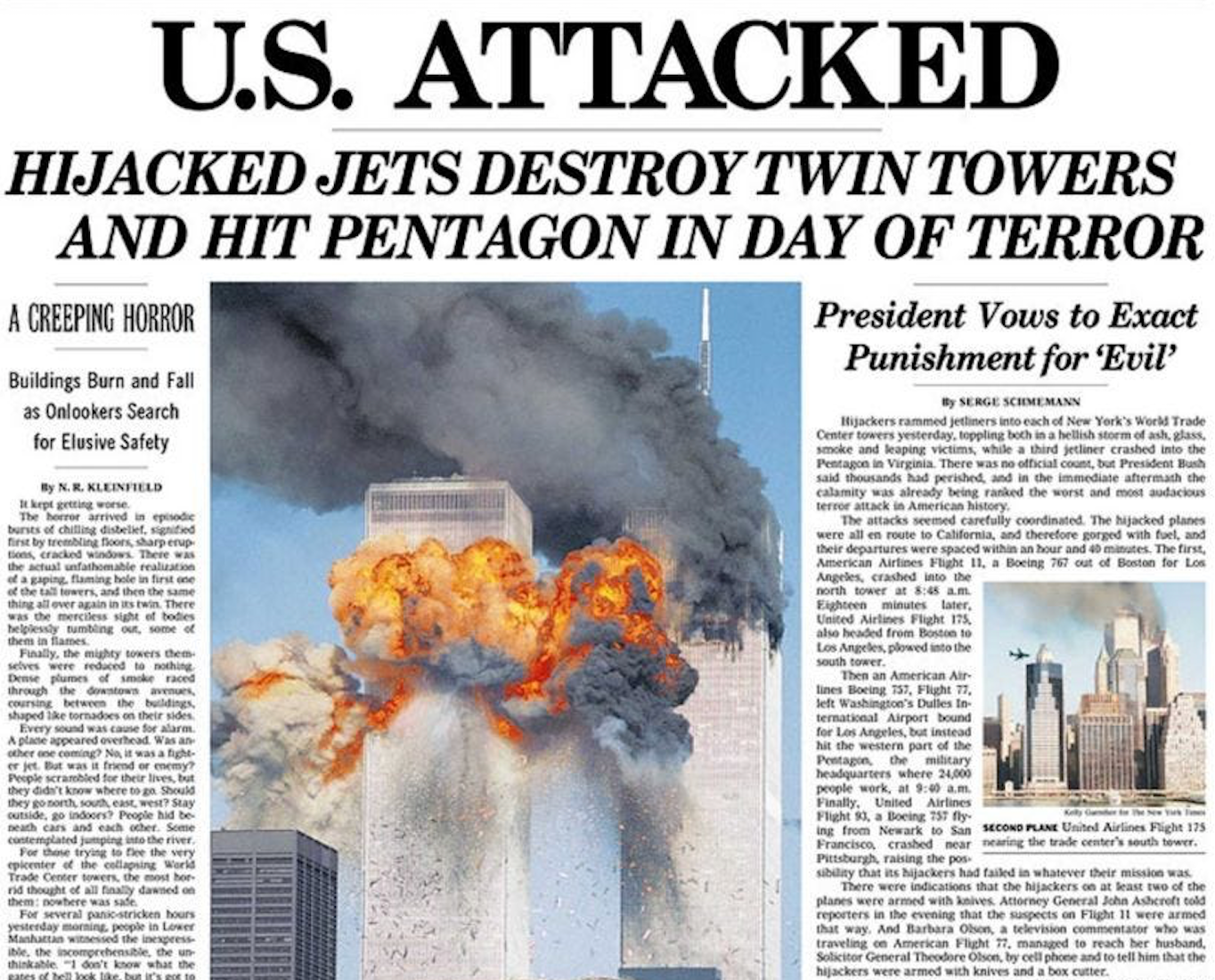The 20-Second Trick For News Articles
The 20-Second Trick For News Articles
Blog Article
The Of News Articles
Table of ContentsThe Main Principles Of News Articles More About News Articles7 Easy Facts About News Articles ExplainedSome Known Questions About News Articles.News Articles for Beginners
Excellent knowledge of various topics offers trainees an affordable side over their peers. Although digital and social media are easily easily accessible, we ought to not fail to remember just how important it is to read the newspapers. Moms and dads should attempt and instill the behavior of checking out a paper as an everyday regimen to proceed the tradition of the revered print tool.News stories additionally include at least one of the complying with crucial qualities about the designated audience: distance, importance, timeliness, human interest, peculiarity, or consequence. The related term journalese is occasionally made use of, normally pejoratively, to refer to news-style writing. An additional is headlinese. Papers normally adhere to an expository writing design.
Within these restrictions, news tales also aim to be thorough. Among the bigger and a lot more reputable papers, fairness and equilibrium is a major aspect in offering info.
Newspapers with a global audience, for example, often tend to make use of an extra formal design of creating. News Articles.; typical design guides include the and the United States News Design Publication.
All About News Articles
As a guideline, reporters will not use a lengthy word when a short one will do. They utilize subject-verb-object construction and vivid, energetic prose (see Grammar). They offer stories, examples and metaphors, and they rarely depend on generalizations or abstract ideas. News authors attempt to stay clear of making use of the same word extra than when in a paragraph (in some cases called an "resemble" or "word mirror").
Nonetheless, headlines sometimes leave out the topic (e.g., "Jumps From Boat, Catches in Wheel") or verb (e.g., "Pet cat woman lucky"). A subhead (also subhed, sub-headline, subheading, subtitle, deck or dek) can be either a secondary title under the major headline, or the heading of a subsection of the article. It is a heading that precedes the primary text, or a team of paragraphs of the major text.

Extra billboards of any of these kinds may show up later on in the short article (specifically on succeeding pages) to entice further analysis. Such billboards are likewise used as pointers to informative post the write-up in various other areas of the magazine or website, or as advertisements for the item in various other magazine or sites. Regular structure with title, lead paragraph (summary in vibrant), various other paragraphs (information) and contact details.

Instance of a hard-lead paragraph NASA is proposing one more space project. The agency's spending plan request, revealed today, consisted of a plan to send out another mission to the Moon. This moment the agency hopes to establish a long-lasting facility as a jumping-off place for various other space adventures. The budget plan demands around $10 billion for the task.
The NASA statement came as the firm asked for $10 billion of appropriations for the job. An "off-lead" Full Report is the 2nd essential front page information of the day. The off-lead shows up either in the leading left edge, or directly below the lead on the. To "bury the lead" is to start the write-up with background information or information of second importance to the readers, requiring them to find out more deeply into a write-up than they must have to in order to discover the necessary points.
News Articles Can Be Fun For Everyone
Common use is that one or more sentences each create their own paragraph. Journalists normally define the company or structure of a news story as an upside down pyramid. The necessary and most fascinating components of a story are put at the beginning, with sustaining details adhering to in order of diminishing relevance.
It allows individuals to explore a topic to only the depth that their curiosity takes them, and without the charge of details or subtleties that they could consider unimportant, but still making that info available to a lot more interested viewers. The upside down pyramid structure likewise makes it possible for write-ups to be cut to any arbitrary size throughout format, to fit in the space readily available.
Some writers start their tales with the "1-2-3 lead", yet there are many kinds of lead offered. A twist can refer to multiple things: The last tale in the information broadcast; a "delighted" story to end the program.
Longer articles, such as publication cover write-ups and the pieces that lead the within areas of a paper, are called. Attribute stories differ from straight news in numerous methods. Foremost is the lack of a straight-news lead, click here now the majority of the moment. Instead of providing the essence of a story in advance, function writers may try to tempt readers in.
News Articles Can Be Fun For Everyone
The journalist often information interactions with meeting topics, making the piece extra personal. A function's very first paragraphs often connect an intriguing minute or occasion, as in an "unscientific lead". From the details of an individual or episode, its sight promptly expands to generalizations regarding the story's subject. The section that indicates what an attribute has to do with is called the or signboard.
The Editor's Toolbox: A Reference Overview for Beginners and Professionals (2001) Allan M. Siegal and William G. Connolly. The New York City Times Handbook of Style and Use: The Official Style Overview Utilized by the Writers and Editors of the World's A lot of Reliable Paper (2002) M. L. Stein, Susan Paterno, and R.
Report this page